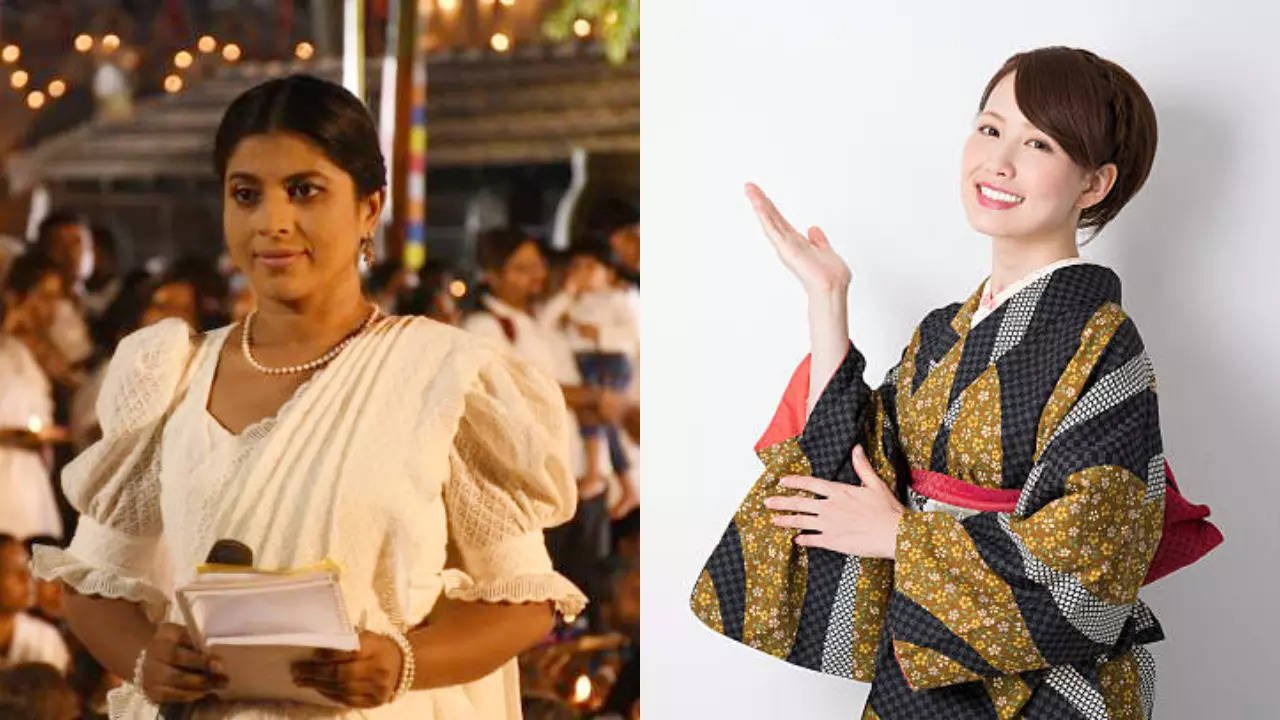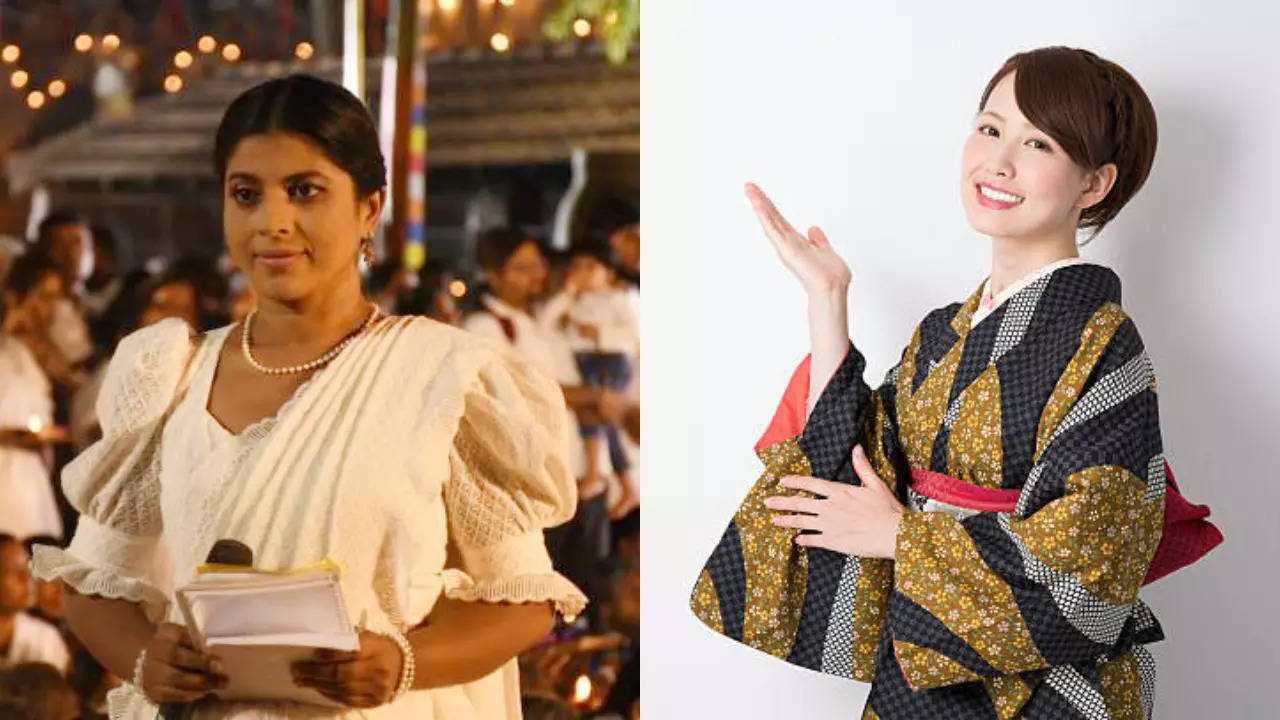The Chitón: Ancient Greek Garment with a Saree-like Drape
A Timeless Fashion Statement
The Chitón: Simplicity and Elegance
The Chitón was a classic clothing item worn by both genders in ancient Greece. It was essentially a long piece of fabric wrapped around the body and fastened at the shoulders, similar to the draping style of a saree but simpler in design.
Global Garments with a Saree Aesthetic
- Various traditional garments worldwide share the saree’s aesthetic, using a single piece of fabric that wraps around the body and drapes gracefully.
- Each of these garments has its unique history and cultural significance, adding to the rich tapestry of global traditional clothing.
The Chitón: A Closer Look
The Chitón was typically made from linen or wool, with the former being more common during the summer months. It was worn by wrapping the fabric around the body and securing it at the shoulders with pins or brooches called fibulae.
- There were two main types of Chitón: the Doric and the Ionic.
- The Doric Chitón was simpler, worn without a belt and usually reaching the ankles.
- The Ionic Chitón, on the other hand, was more elaborate, often featuring decorative borders and worn with a belt to accentuate the waist.
The Saree: A Timeless Indian Garment
The saree, a traditional Indian garment, is another example of a timeless fashion statement. Like the Chitón, it consists of a single piece of fabric that is draped around the body.
- The saree is typically 5-9 yards long and 2-4 feet wide.
- It is usually worn with a fitted blouse and a petticoat underneath.
- There are various ways to drape a saree, with different styles being popular in different regions of India.
The Chitón and the Saree: A Shared History
While the Chitón and the saree may seem worlds apart, they share a common history. Both garments have been worn for centuries and have evolved over time to reflect changing fashion trends and cultural influences.
- Both the Chitón and the saree are versatile garments that can be worn in various ways to create different looks.
- Both garments are also a testament to the enduring appeal of simple, elegant design.
The Legacy of the Chitón and the Saree
Today, the Chitón and the saree continue to inspire fashion designers around the world. Their simple yet elegant design has been reinterpreted in countless ways, from modern takes on the traditional Chitón to contemporary saree styles that incorporate bold colors and patterns.
- The Chitón and the saree are not just garments; they are symbols of cultural heritage and timeless style.
- By preserving and celebrating these traditional garments, we can ensure that their legacy lives on for generations to come.




